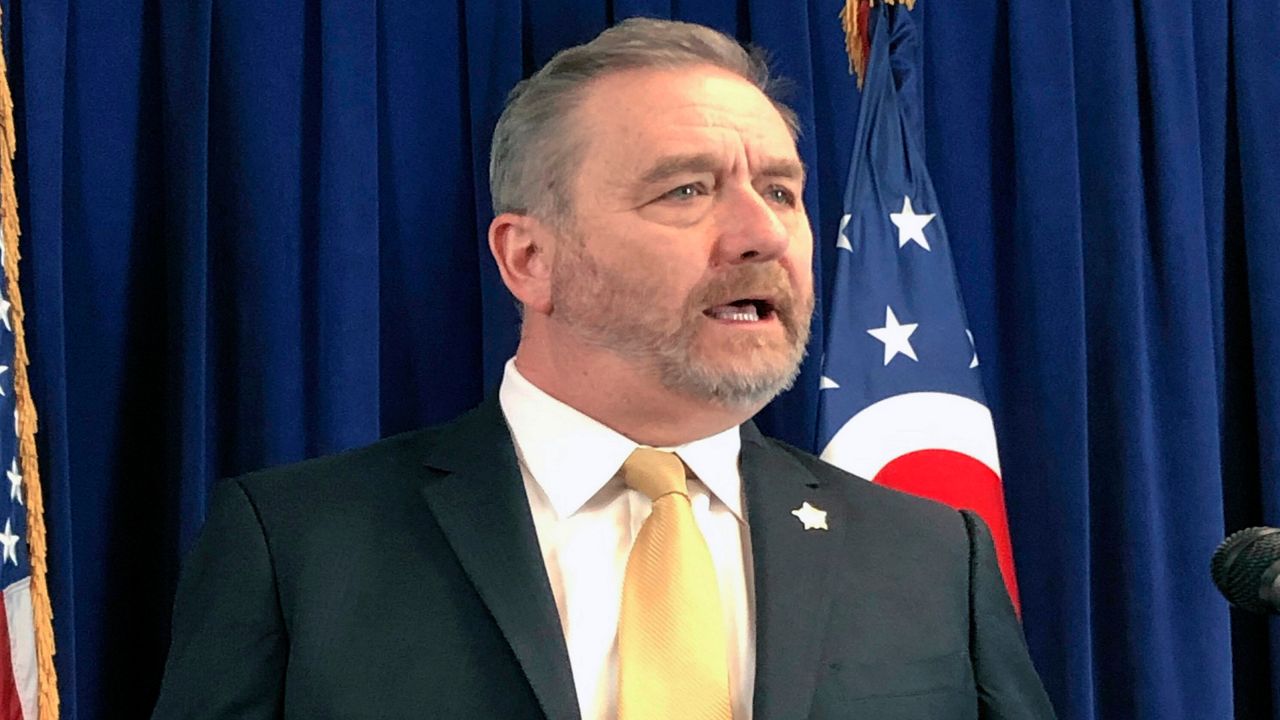COLUMBUS, Ohio — The Ohio Attorney General’s Office certified a petition summary for a constitutional amendment that would ensure abortion access Thursday.
The petition entitled “The Right to Reproductive Freedom with Protections for Health and Safety” would add a section to Article 1 of Ohio’s state constitution.
The amendment would ensure that every individual could make and carry out their own reproductive decisions, including, but not limited to, abortion, contraception and fertility treatment. The amendment would also prevent the creation of laws that burden, penalize, prohibit, discriminate, or otherwise interfere with an individual exercising their rights.
The amendment would not protect abortions after “fetal viability,” unless a physician deems it necessary for the patient’s health or life. “Fetal viability,” according to the proposed amendment, is the point in a pregnancy when a physician determines the fetus could live outside the uterus with reasonable measures, and would be determined on a case-by-case basis.
Ohio Attorney General Dave Yost’s certification of the proposed amendment means the summary of the petition was a “fair and truthful statement,” according to his office.
In his letter of certification, Yost said he is not affirming the enforceability or the constitutionality of the proposed amendment.
Greater Columbus Right to Life, an organization that advocates to end abortions, called the amendment “dangerous” and “irresponsible” in a statement. Beth Vanderkooi, executive director of Greater Columbus Right to Life, said the organization believes Ohio voters are unlikely to vote in favor of the amendment.
The next step for the proposed amendment to be reviewed by the Ohio Ballot Board. The board will evaluate the petition to make sure there is only one proposed amendment.
If the Ohio Ballot Board certifies the petition, the petitioners must collect signatures from registered voters and the number must be at least 10% of the votes cast in the last gubernatorial election. The signatures must also represent 44 of Ohio’s 88 counties. In order for a county to be represented, their number must be at least 5% of that county’s votes cast in the last gubernatorial election.
If the petition meets all the requirements and is filed with the Ohio Secretary of State at least 65 days before the election, the proposed amendment will be placed on the ballot for citizens to vote on.
Current Ohio law, passed in 2019, bans doctors from performing abortions after cardiac activity can be detected, according to the Cincinnati Enquirer, a Spectrum News partner. However, that law is currently inactive because of a court order.
The law was enacted after the U.S. Supreme Court overturned Roe v. Wade in June 2022 with a ruling on Dobbs v Jackson.



